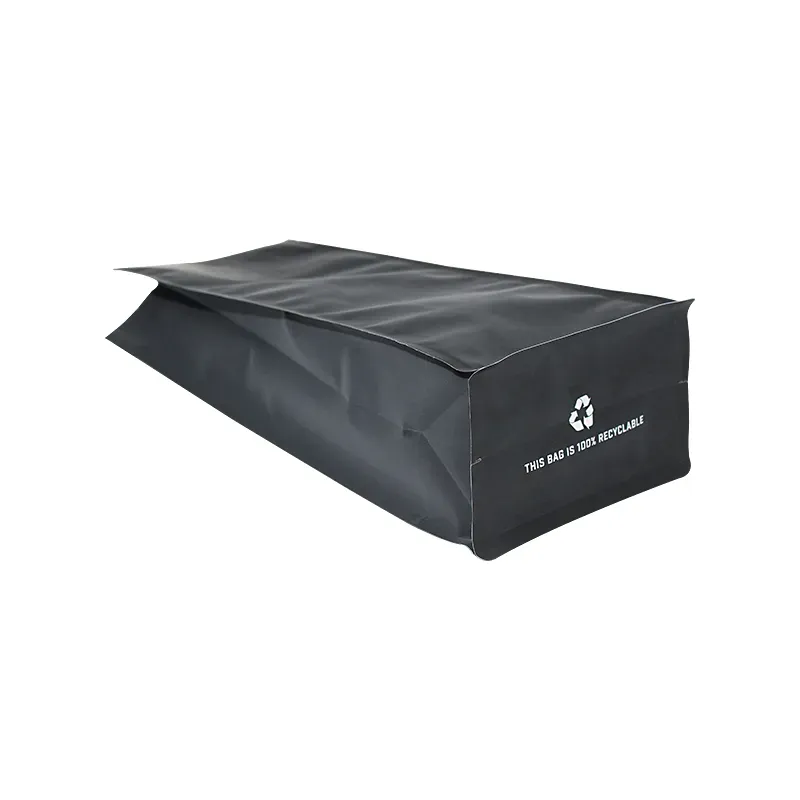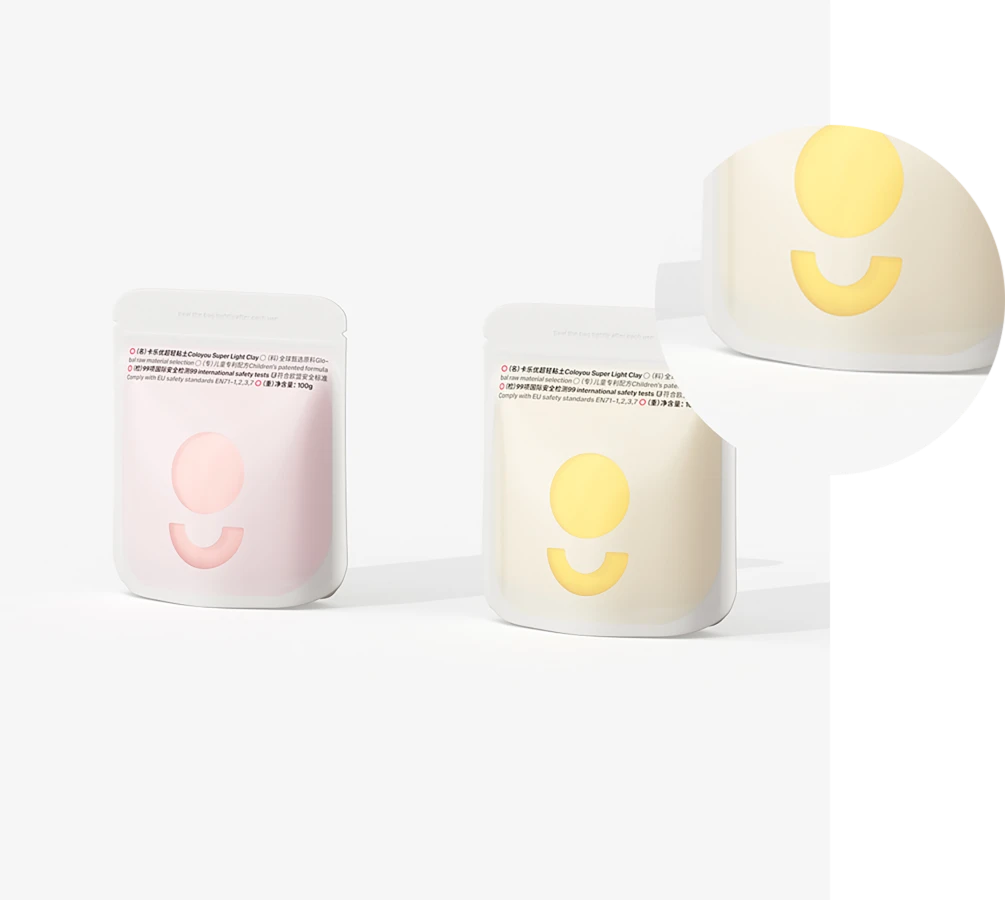types of pouches in packaging
Views :
Update time : 1 月 . 24, 2025 05:01
In the dynamic world of packaging, pouches have emerged as a flexible and efficient option for a myriad of products. Their ascent in popularity is not just a trend but a testament to their versatility, cost-effectiveness, and sustainability. As a packaging format, pouches address the nuanced needs of different industries, from food and beverages to cosmetics and pharmaceuticals. Delving deeper into the types of pouches available, we extract the insights needed to harness their full potential, optimizing product presentation and preserving quality.
Spout pouches offer convenience through their innovative design, integrating a spout for easy pouring and dispensing. This type is ideal for liquids and semi-liquids, widely utilized for products ranging from baby food to detergents and beverages. The resealable nature ensures ease of use and preserves content integrity, meeting consumer demands for portable and user-friendly solutions. Spout pouches significantly contribute to brand differentiation, as customization options are vast, allowing brands to tailor designs creatively. Retort pouches are revolutionizing the convenience food sector with their unique capability to withstand thermal processing. These pouches are engineered to contain pre-cooked meals, soups, and sauces. Their durability and light weight provide significant advantages in shipping and handling compared to traditional canning methods. Extended product life without refrigeration and ease of use position retort pouches as a preferred option for ready-to-eat meals, tapping into the growing trends of fast-paced, health-conscious lifestyles. Lastly, shaped pouches offer a customized approach, tailored to distinctive designs and brand personality. Shaped pouches serve the dual purpose of functionality and aesthetics, enticing consumers through eye-catching designs and unique form factors. Often employed in the cosmetic and beverage industries, they break the monotony of standard packaging, and high consumer engagement rates often follow such innovative designs. In conclusion, the diverse types of pouches available today are reshaping the packaging landscape, offering unparalleled flexibility, improved user experience, and various branding opportunities. As industries continue to evolve, the expertise in selecting the right type of pouch could mean the difference between an average product launch and a successful one. Businesses should consider factors like product nature, consumer preferences, and environmental impact when choosing the right pouch type. By leveraging advancements in pouch technology and design, companies can ensure product safety, stand out on shelves, and align with sustainability goals, ultimately building consumer trust and brand loyalty.


Spout pouches offer convenience through their innovative design, integrating a spout for easy pouring and dispensing. This type is ideal for liquids and semi-liquids, widely utilized for products ranging from baby food to detergents and beverages. The resealable nature ensures ease of use and preserves content integrity, meeting consumer demands for portable and user-friendly solutions. Spout pouches significantly contribute to brand differentiation, as customization options are vast, allowing brands to tailor designs creatively. Retort pouches are revolutionizing the convenience food sector with their unique capability to withstand thermal processing. These pouches are engineered to contain pre-cooked meals, soups, and sauces. Their durability and light weight provide significant advantages in shipping and handling compared to traditional canning methods. Extended product life without refrigeration and ease of use position retort pouches as a preferred option for ready-to-eat meals, tapping into the growing trends of fast-paced, health-conscious lifestyles. Lastly, shaped pouches offer a customized approach, tailored to distinctive designs and brand personality. Shaped pouches serve the dual purpose of functionality and aesthetics, enticing consumers through eye-catching designs and unique form factors. Often employed in the cosmetic and beverage industries, they break the monotony of standard packaging, and high consumer engagement rates often follow such innovative designs. In conclusion, the diverse types of pouches available today are reshaping the packaging landscape, offering unparalleled flexibility, improved user experience, and various branding opportunities. As industries continue to evolve, the expertise in selecting the right type of pouch could mean the difference between an average product launch and a successful one. Businesses should consider factors like product nature, consumer preferences, and environmental impact when choosing the right pouch type. By leveraging advancements in pouch technology and design, companies can ensure product safety, stand out on shelves, and align with sustainability goals, ultimately building consumer trust and brand loyalty.
Recommend products
Read More >>
Related News
Read More >>













